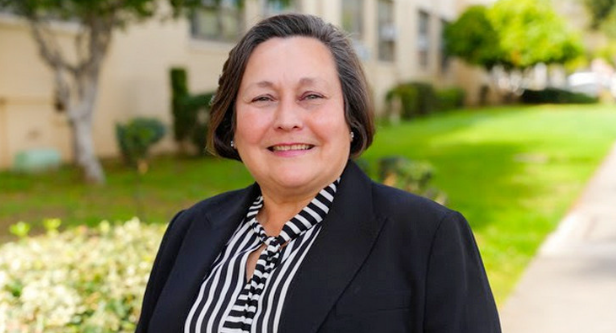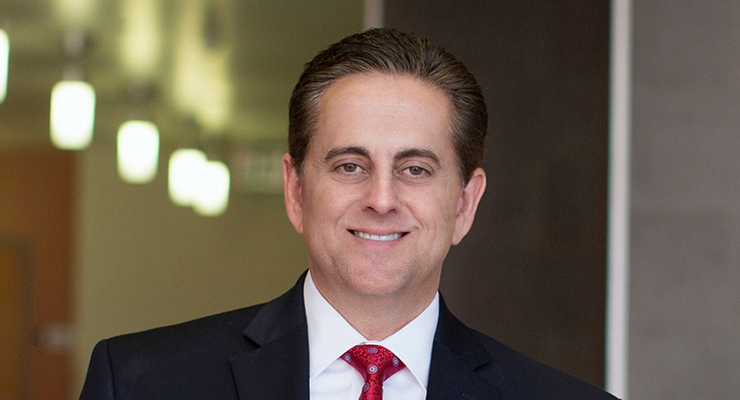 Dianne Newman (left), and Doris Tsao.
Dianne Newman (left), and Doris Tsao.Two members of the California Institute of Technology (Caltech) faculty have been given National Institutes of Health (NIH) Director’s Awards. The awards are administered through the NIH’s Common Fund, which provides support for research deemed to be both innovative and risky.
“The Common Fund High Risk–High Reward program provides opportunities for innovative investigators in any area of health research to take risks when the potential impact in biomedical and behavioral science is high,” said NIH Director Francis S. Collins in a press release.
There are three types of NIH Director’s Awards: the Pioneer Award, the New Innovator Award, and the Transformative Research Award. This year, biologist Doris Ying Tsao was given one of 10 Pioneer Awards, and geobiologist Dianne K. Newman was among the 20 scientists to receive Transformative Research Awards.
The Pioneer Award, established in 2004, “challenges investigators at all career levels to develop highly innovative approaches that have the potential to produce a high impact on a broad area of biomedical or behavioral research,” according to the NIH. Tsao, an assistant professor of biology, will explore the question of how objects that we see are initially processed in the brain.
“The retina essentially transmits an array of unconnected pixels to the brain.These are first processed locally, through various local filters for color, motion, etc., and the image does not yet contain objects, or bound units,” says Tsao. “But after this, there is a mysterious operation that puts all these local pieces together for the first time—and that is what I am studying. I want to know how the brain dynamically links all these pixels over space and time, based on surface contiguity, to form bound units.â€
For example, as a truck makes a U-turn, the pixels defining the truck can change completely, yet we have no trouble tracking those pixels and seeing they belong to a single invariant object, she explains.
“I am incredibly excited to have the chance, with the NIH Pioneer Award, to hunt for the circuits implementing these computations within the brain,” says Tsao. “We just have to open our eyes to know the circuits exist, but understanding them is going to be an immense challenge that will require huge resources, and to now suddenly have these resources is unbelievable to me.”
The Transformative Research Award program, established in 2009, “promotes cross-cutting, interdisciplinary approaches” for research that “has the potential to create or overturn fundamental paradigms,” according to the NIH. Newman, professor of biology and geobiology, will use the award to apply geobiological approaches to understanding the progression of pulmonary infections.
Due to the challenges of working in situ, or in the body, most studies of infectious disease agents are conventionally performed with representative isolates and imperfect disease models in the laboratory, says Newman. Very few direct measurements of the physiological state of drug-tolerant populations in the host exist, and little is known about which metabolic pathways are actually in play, much less how they change over time in response to coevolving conditions within the lung, she explains.
“We will tackle this critical knowledge gap using an approach inspired by geobiology,” says Newman, who is also an investigator with the Howard Hughes Medical Institute. “Geobiologists are experienced in studying the growth and metabolism of microbial populations in poorly accessible natural habitats by combining molecular biology and stable isotope geochemistry; we will apply these tools to the lung.”
The goal of this project, she says, is to lay a foundation for novel therapeutics to modify and control infectious disease agents.
“I am honored to have received this award because it will take our research in a meaningful new direction,” says Newman.”The opportunity to collaborate with an outstanding group of colleagues at Caltech and at USC and Johns Hopkins hospitals is very exciting. I’m grateful that the NIH took a chance on our idea, and I hope it fulfills its promise.”













 0 comments
0 comments


